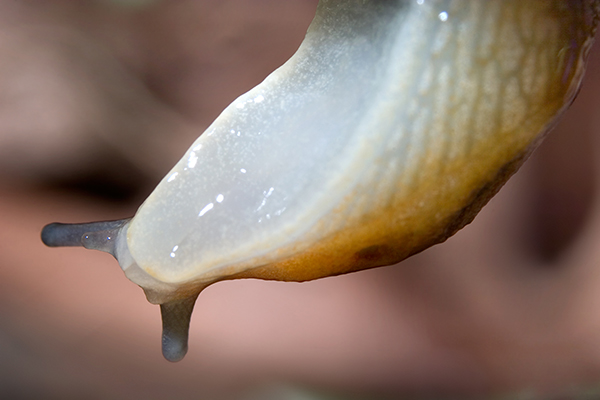Bioengineers discover “breakthrough” technique: 3D-printed organs to be available in the next two decades
10/21/2019 / By Edsel Cook

Additive manufacturing systems have come one step closer to printing out whole, working organs for emergency medical transplants. Researchers reported 3D printing a complete system of blood vessels found on a major organ.
Every day, around 20 patients who desperately need an organ transplant die before ever getting one. There are not enough donors – they need to die first, and not all of them perish in a way that leaves their organs undamaged and viable.
It has gotten to the point that the transplant community loosened restrictions on the eligibility of organ donors. Patients with well-managed HIV may now donate their organs to other HIV patients. People who died from drug overdoses are now also acceptable.
Seeking an alternative to the reliance on donors, researchers have looked into the use of 3D printing for fabricating organs. Tests demonstrated the possibility of printing biological tissues that comprise the heart, liver, and lungs.
However, natural organs have delicate blood vessels that supply them with blood. Current 3D printers cannot print out such a complex vascular system. And without those blood vessels to provide oxygen and nutrients, fabricated organs will not work. (Related: How can resveratrol improve organ transplant procedures?)
A new 3D printing technique for fabricating blood vessel networks
A team led by researchers from Rice University developed both a new 3D printing technique and an appropriate bio-material. The combination made it possible to print the tiny blood vessels that make up an organ’s vascular system.
“One of the biggest road blocks to generating functional tissue replacements has been our inability to print the complex vasculature that can supply nutrients to densely populated tissues,” explained Rice researcher Dr. Jordan Miller. “Further, our organs actually contain independent vascular networks – like the airways and blood vessels of the lung or the bile ducts and blood vessels in the liver.”
Earlier efforts by Miller’s team successfully printed out layers of the spongy tissues that made up the lungs. However, they failed to recreate the networks of blood and lymph vessels found in every organ.
The vasculature of an organ hooks the latter up to the rest of the body. If those blood vessels are missing or damaged, the organ will starve and die. Likewise, if it lacks lymph vessels, it won’t get the fluids for a proper immune system.
Vessels that carry blood and lymph fluid pose a significant challenge to 3D printing. Their tissues must be flexible yet robust, as well as hollow and thin. Last but not least, all of the capillaries must be connected.
The future may see 3D-printed livers and lungs for medical transplant
The Rice researchers demonstrated the capabilities of their newly developed hydrogel and 3D printing technique. In a recent experiment, they printed out networks of delicate blood vessels that resembled the vasculature in natural organs.
To solidify the material at a carefully slow rate, Miller’s team bathed the 3D-printed vascular network in blue light.
Their technique not only made it possible to fabricate a complicated yet sturdy network, but also made sure the printed shapes remained flexible. That way, the blood vessels would withstand the stress applied by the breathing process.
The researchers tested the oxygen uptake in the 3D-printed lung models. They also transplanted the printed liver structures into mice.
While the Rice team didn’t confirm that the 3D-printed livers attained functionality, the liver cells withstood the transplant process, indicating that the blood vessels were working.
“With the addition of multivascular and intravascular structure, we’re introducing an extensive set of design freedoms for engineering living tissue,” observed Miller. He predicted that bioprinting will become a vital part of medicine within 20 years.
Sources include:
Tagged Under: 3D printing, additive manufacturing systems, artificial organs, bioengineering, biomaterials, biotechnology, blood vessels, breakthrough, future science, future tech, goodtechnology, innovation, inventions, materials research, medical science, medical tech, medical technology, new materials, organ transplants, technology, transplant surgery
RECENT NEWS & ARTICLES
COPYRIGHT © 2017 MEDICALTECH.NEWS



















